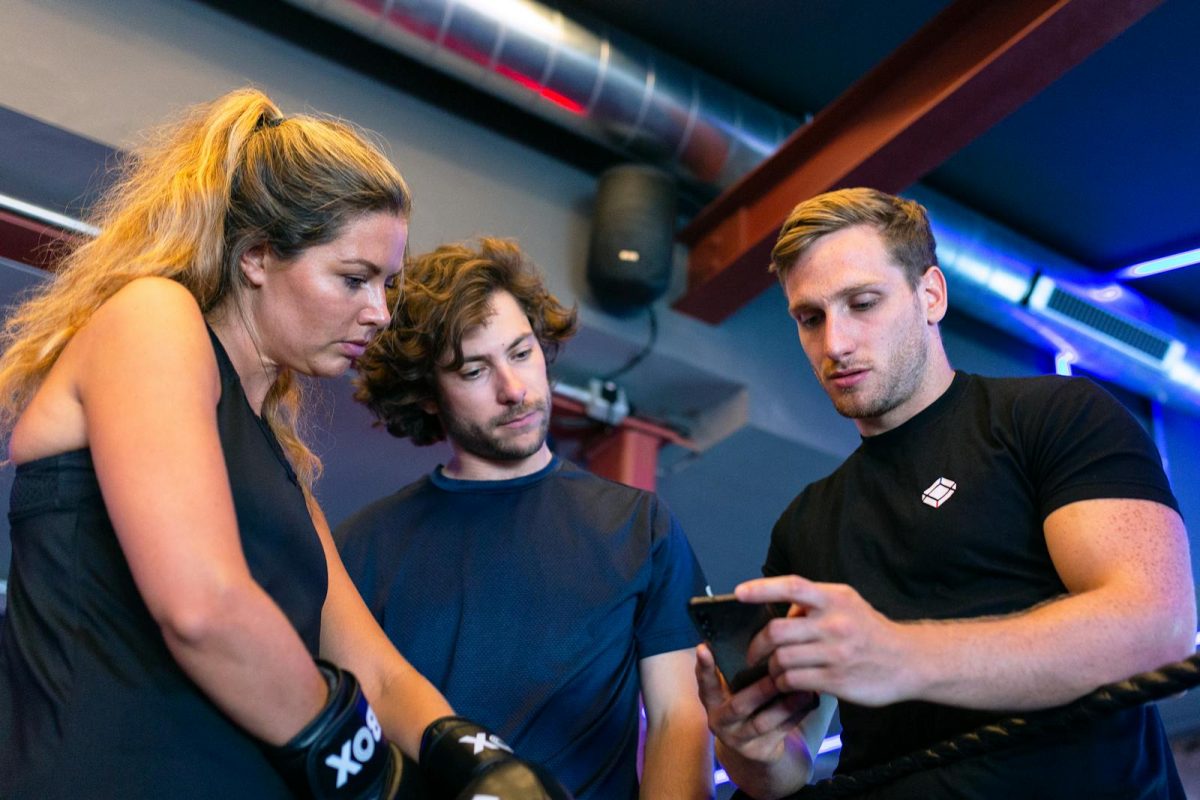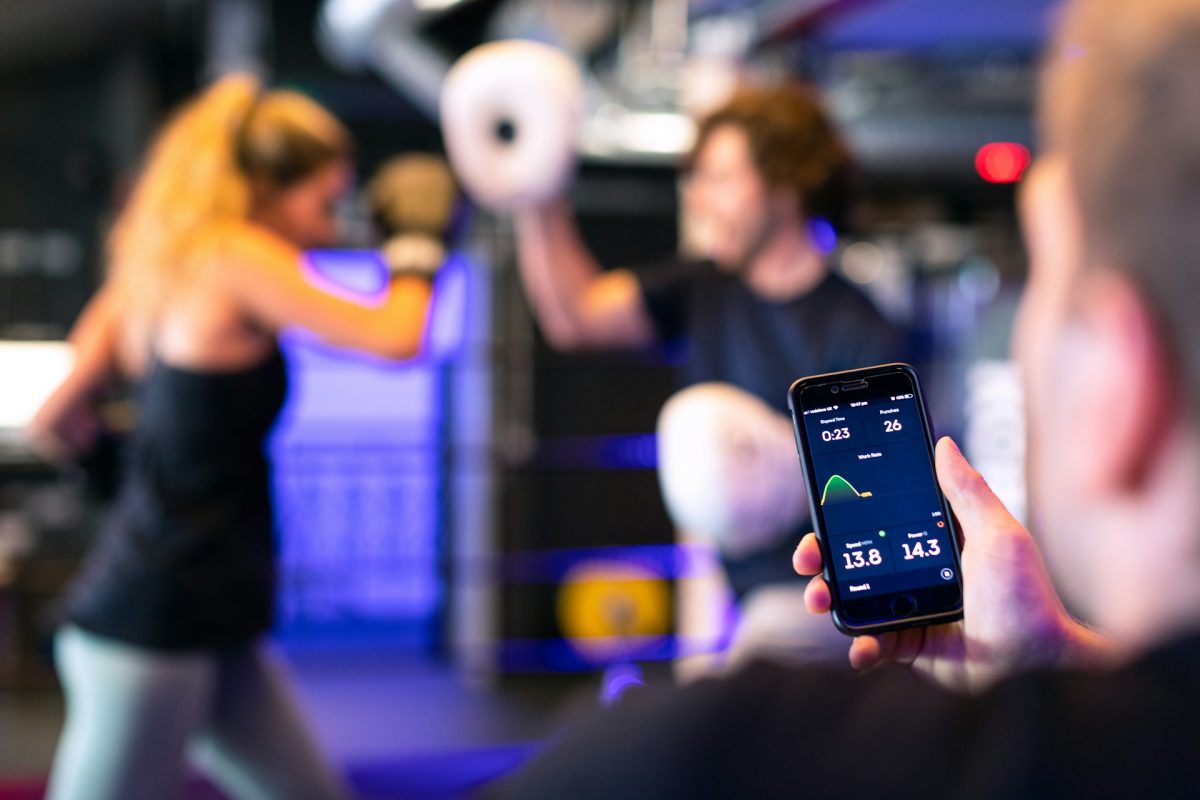Virality in fitness apps feels part science, part luck — a mixture of product design, social momentum, and market timing. Some apps explode overnight, gaining millions of downloads and intense media attention. Others, often nearly identical in feature set, struggle to attract a committed user base. Understanding what separates the runaway successes from the forgotten launches helps developers and marketers make smarter choices early on.
One practical question teams often ask is how much does it cost to create a fitness app, but budget alone isn’t the main driver of virality. The secret is how resources are applied: which features are prioritized, how simple the experience is, and whether the product sparks behavior people want to share.
Core product factors that spark sharing
At the base level, viral fitness apps combine clear value with social incentives. The product must solve a real need — faster progress, easier tracking, or more enjoyable workouts — and then give users reason to invite others. Key attributes include fast onboarding, immediate perceived benefit, and frictionless sharing options.

Social mechanics and network effects
Apps that build strong network effects encourage users to recruit others because the experience improves with more participants. This can be direct (team challenges, leaderboards) or indirect (user-generated content, public progress sharing). Influencer partnerships and integrated social feeds amplify those effects by making content visible beyond the app’s walls.
Below is a compact comparison that highlights how two different approaches affect virality:
| Feature | App A — Viral | App B — Non-viral |
|---|---|---|
| Onboarding | 30 seconds, one-click social connect | 7-step setup, optional profile |
| Social Layer | Built-in challenges and shareable badges | No social features, private only |
| Content | Fresh daily workouts + creator network | Static library, minimal updates |
| Monetization | Freemium with viral unlocks | Upfront paid or clunky paywall |
Design, performance and trust
Even great social features fail if the core experience is poor. Users expect polished UI, snappy performance, and reliable syncing across devices. Bugs or slow load times kill momentum and make people less likely to recommend the app. Equally important is trust: transparent privacy policies and clear handling of health data reduce friction for users who might otherwise hesitate to share progress publicly.

Marketing, timing and cultural fit
Virality rarely happens in a vacuum. Timely positioning — for example, launching a running challenge at the start of summer or tying promotions to global events — makes messages resonate. Smart use of influencers, community seeding (small groups who evangelize), app-store optimization, and press relationships multiply organic growth. Cultural fit matters too: an app that resonates with niche subcultures (e.g., trail runners, postpartum fitness communities) can ignite rapid adoption within those pockets and then expand outward.
Before investing in additional features or paid campaigns, successful teams test hypotheses quickly: which share prompts work, which incentives drive invites, and which content formats are most reposted. Iterating on these tests creates a compounding effect that fuels organic growth.
Common pitfalls that block virality
Below are common roadblocks that stop apps from spreading, with a brief explanation of why they matter:
- Overcomplication: Too many options at first launch confuse users and reduce sharing.
- Weak social hooks: If there’s no meaningful reason to invite friends, users won’t.
- Poor performance: Crashes and slow sync kill word-of-mouth quickly.
- Monetization too early: Aggressive paywalls before value is proven frustrate early adopters.
Virality in fitness apps is not magic; it’s a repeatable outcome when product design, social engineering, timing, and execution align. Teams that prioritize simple onboarding, persistent social incentives, reliable performance, and cultural timing give themselves the best shot at sparking organic growth — and when the right mix clicks, the app becomes something users want to tell others about.




